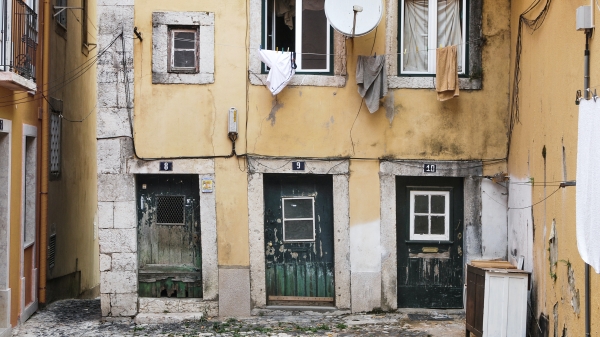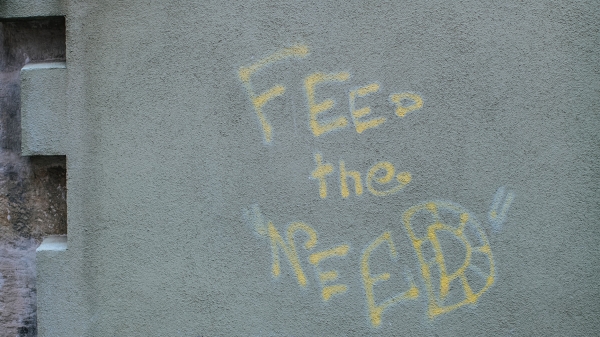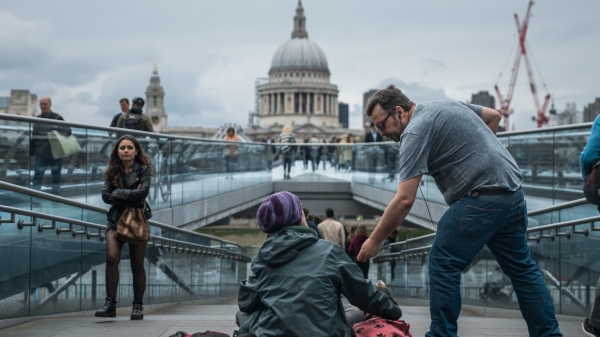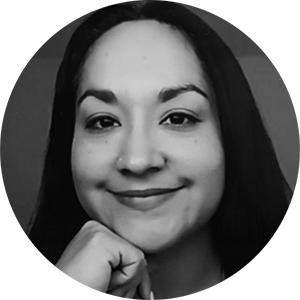
HEIGHT: a novel households expenses and income gap tool
Natalia Ronceria Ceballos, Valley of the Sun United Way
"When we are able to see, through data, how many of our citizens are actually in need of support to bridge the gap between their wages and the current cost of living, we can make stronger arguments for specific outreach to shrink these gaps."
- Natalia Ronceria Ceballos, KER fellow 2020
Background
Currently, the federal poverty line (FPL), which is used to determine eligibility for an array of assistance programs, is based on a set of factors that do not include critical elements that people now consider to be basic needs. The parameters to identify the FPL are not updated regularly, so we find a gap in assistance available for people who are currently considered the working poor. Living costs across the cities and regions of Arizona have increased significantly in the last decade. Families who belong to disadvantaged groups are finding it hard to stay afloat in these times. Governments often try to capture poverty based on cost of food alone. We need to consider a whole host of factors — housing, food, health care, child care, transportation, internet access — to determine what it really costs to live in Arizona and to accurately measure poverty.
Research question
How can we develop a multi-dimensional measure of household expenses to understand the extent of poverty, the gap between the FPL and the real cost of living for those classified as the “working poor,” and how these gaps differ for different communities?
Methods and findings
Ronceria Ceballos created a tool that provides a more accurate snapshot of what the actual cost of living is compared to average earnings. To do so, she brought together datasets from sources like the US Census Bureau, the Council for Community & Economic Research, Housing and Urban Development's Office of Policy Development and Research, and the AZ Department of Economic Security to build a comprehensive index of living costs. She then designed an initial dashboard to visualize the data for eventual public use, to help individuals, communities, and policymakers determine a robust way of measuring the extent of poverty and hardship faced by local communities in Arizona. Knowing the gap between actual income needs and FPL definitions will allow state and philanthropic funders to make better decisions around funding, program development, service, and resource offerings.
Partners
-
Valley of the Sun United Way
-
Sarbeswar Praharaj, ASU Knowledge Exchange for Resilience
Impact
We have not been telling the whole, or full, story when it comes to the true cost of living and who can actually be considered to be living in poverty. Since so much in terms of funding and resource allocation is based on the FPL, we have many individuals and families who aren't able to access certain types of help, who really should be able to. When funders, donors, and local governments can see an accurate snapshot of this gap, there is a greater chance of shrinking these gaps with targeted outreach and support. Ronceria Ceballos hopes this project will help inform funding decisions and program development by nonprofit, government, and for-profit entities.
She notes that her project will have a significant impact on communities and potentially help shape new conversations around economic resilience. The ripple effects of people not having enough money to cover their basic needs mean there is greater stress on communities, families, and public institutions to help shore up these needs. When we are able to see, through data, how many of our citizens are actually in need of support to bridge current living costs with wages, then we can make stronger arguments and connections for specific outreach to shrink these gaps.
Deliverables
Ronceria Ceballos produced vetted datasets and published a white paper outlining the gap in income in various Arizona communities compared to the FLP, and how a lack of access to resources due to this measure is impacting households. She also developed an initial dashboard design before passing the torch to 2021 Community Fellow Steve Torres. Explore their interactive HEIGHT poverty dashboard to learn more.
Natalia Ronceria Ceballos
Valley of the Sun United Way
Community Fellow, 2020
Natalia, a Colombian artist and entrepreneur, has studied and worked internationally. She holds a B.A. in Communication & Culture from Clark University and an MBA from ASU's W.P. Carey School of Business. She founded La NRC in 2016 to connect teams, nonprofits, and individuals with resources and education. Her focus areas include intercultural competency, strategic planning, and community engagement. Natalia is recognized for her community give back and is a member of Valley Leadership Class 40. She is passionate about creating positive change locally, nationally, and globally.



